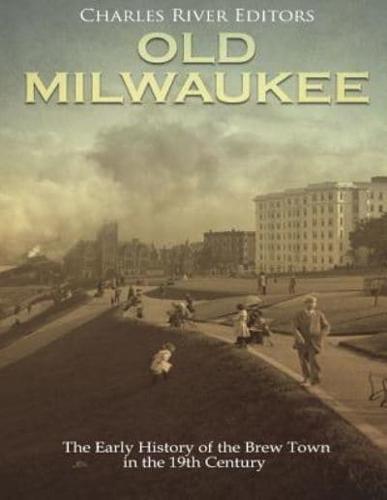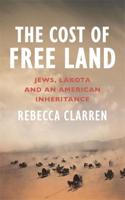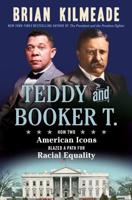Publisher's Synopsis
*Includes pictures
*Includes contemporary accounts
*Includes online resources and a bibliography for further reading
"It is true, similar things [cultural events and societies] were done in other cities where the Forty-eighters [sic] had congregated. But so far as I know, nowhere did their influence so quickly impress itself upon the whole social atmosphere as in 'German Athens of America' as Milwaukee was called at the time." - Carl Schurz, 1854
The area that became known as the Old Northwest caught the eye of European settlers as far back as the 17th century, when the French explorers Marquette and Jolliet found that waterways in the area connected the Mississippi River to the Great Lakes. The area was perfect for fur trade outposts long before it was settled by whites. Throughout the 19th century, American settlers pushing across the Western frontier came into contact with diverse American tribes, producing a series of conflicts ranging from the Great Plains to the Southwest, and from the Trail of Tears to the Pacific Northwest.
One of these notorious conflicts was the Black Hawk War, named after a Sauk chief who led a band of about 1,500 in a series of small battles fought in the Wisconsin territory in 1832. Black Hawk led his people east across the Mississippi River in an attempt to reclaim his people's old lands in Illinois, and his defeat essentially ended all Native American resistance east of the Mississippi River and opened up the rest of Illinois and Wisconsin to white settlement. The war also provided an opportunity for some of the era's most famous Americans to get military experience, including several U.S. Senators, several Territorial Governors, future Confederate President Jefferson Davis, and most famously, Abraham Lincoln.
Thus, it should come as no surprise that Milwaukee, the largest city in Wisconsin, has a history reflective of the Old Northwest. Known to the natives as a beautiful landscape at the mouth of a river on the edge of the Great Lakes, it did not take long for fur traders to join them in the serene location. Those fur traders, seeing a future city on the same spot as their sleepy trading post, worked to put the place on the map. Thanks to their vision and energy, Milwaukee transformed from a sleepy trading post to an industrial center, connected to the entire country and beyond through its industry and energy.
Given its background and location, the story of Milwaukee may have resembled other nearby cities like Detroit or Chicago, but Milwaukee would have its own flavors and characters thanks to the unique ethnicities and businesses that arrived early on. Before the beer capital of the country became Brew Town, it was Cream Town, and before that it was just a trading post, where some men with a dream came to live.
Old Milwaukee: The Early History of Brew Town in the 19th Century looks at the early history of one of the Midwest's biggest cities. Along with pictures of important people, places, and events, you will learn about Milwaukee like never before.








